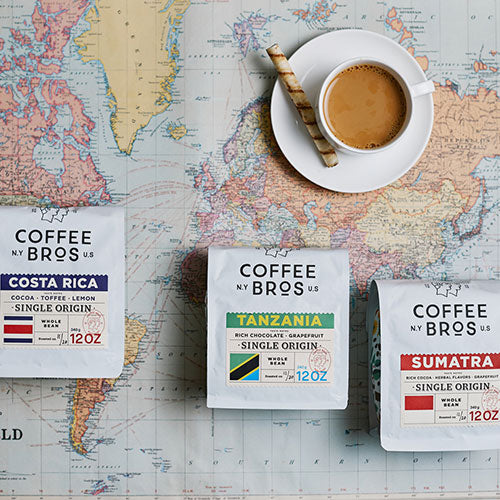Collection: Honey Process Coffees
What is Honey Process Coffee
Where did the honey coffee process originate?
The honey process originated in Brazil and Costa Rica and is prominent throughout Central American coffee-producing countries.
What does honey process coffee taste like?
By retaining the pulp while drying, the Honey process enhances the sweetness and body of the coffee flavor. The amount of pulp left influences the taste of the final product. Some coffees have flavors reminiscent of dried fruits, while others exhibit a more pronounced acidity. Nevertheless, Honey processed coffees are generally known for their delightful sweetness, showcasing fruity, pulpy, and jammy notes, as well as caramel-like sweetness and nutty undertones.
Does honey coffee involve fermentation?
Yes, the fermentation process takes place continuously during the drying phase until the coffee seeds reach a moisture content of 11%.
Collections
-

All Coffee
Experience the best specialty coffee with our selection of Signature Series, Single-origin,...
-

Single Origin
All of our single-origin coffees in this collection are 86+ point coffees...
-

Signature Blends
Our Signature Blend coffees showcase unique flavor profiles that shine across any...
- Choosing a selection results in a full page refresh.




